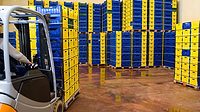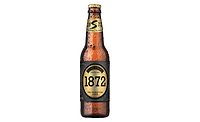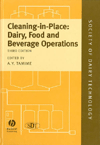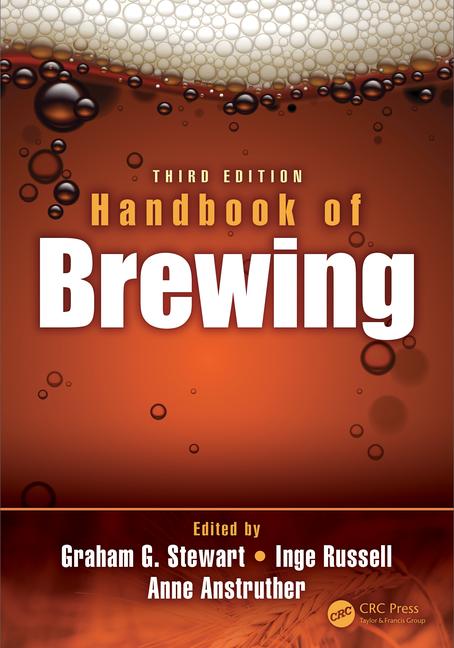It’s an exciting time for the alcohol beverage industry. As the economy has improved throughout the past five years, consumers have enjoyed a rise in disposable income. This translates into more consumers opting for more expensive or premium beverages, such as craft beers. At the same time, consumers have become more knowledgeable, and often, more health-conscious, when it comes to their drink choices.
As a result of these trends, alcohol beverage companies continuously are introducing new brands and flavors of beer, wine and spirits to satisfy consumer demands. Although the emergence of new categories can lead to increased sales, it also creates a tremendous challenge for distributors managing a greater number of SKUs.
In years past, an alcohol beverage distributor would house 300-400 SKUs. Now, a distributor must accommodate 1,000-1,500 SKUs, and, in the case of wine and spirits, a warehouse might have more than 6,000 SKUs. Distributors are looking to introduce warehouse automation technology in order to keep product moving, optimally store inventory and fulfill orders — no matter the number of SKUs.
First, automation can help distributors better utilize space to accommodate the proliferation of SKUs. Many distributors have operated within the same warehouse space for years, or even decades, because the products stored were relatively consistent. Therefore, they now struggle to find the necessary storage space without increasing overhead or expanding their facilities. With a high-density automated storage and retrieval system (AS/RS), distributors can retrofit their existing warehouses rather than opting for new construction or off-site storage that often add little return on investment (ROI). High-density storage enables better space utilization by increasing the amount of storage space without expanding the facility itself.
Second, automation allows distributors to combat the challenges that come with seasonal spikes and changing consumption patterns. With more variety on today’s store shelves, variances in consumption patterns occur on a daily and weekly basis as certain brands and flavors become popular, and then fall off the radar. For example, pumpkin ale products might fly off the shelves in the fall, but become nonexistent once winter rolls around. These fluctuations mean that there are both high-moving and slow-moving SKUs in the warehouse.
Consider the following scenario: You have a total of 1,000 SKUs in your warehouse, but only 200 of them make up 80 percent of your volume. Those 200 SKUs are your tried-and-true, popular products that you move out the door most frequently. So, what about the remaining slow-moving 800 SKUs taking up valuable warehouse space? Although those 800 SKUs do not generate high volume, they afford higher margins and allow you to stay competitive through inventory variety.
An AS/RS enables a distributor not only to target its top-selling products, but also optimize space for lower-volume, high-dollar SKUs that increase overall margins. Plus, when integrated with a warehouse execution system (WES), an AS/RS provides complete control over the movement and storage of every piece of inventory.
When dealing with a vast array of SKUs, automation, again, plays a major role in order fulfillment. Today’s retailers keep less inventory in stock, but still want to offer a broad range of brands and flavors. Therefore, distributors now receive orders more frequently and have less time to fulfill them. An AS/RS offers an efficient and reliable just-in-time (JIT) order fulfillment solution. When integrated with an automated picking solution, an AS/RS stores and retrieves layers and cases from inventory as soon as an order is received. To meet the demand for variety, case-level picking can even assemble a pallet with multiple SKUs in a single order.
Another benefit of integrated, automated picking operations is that cranes perform all pallet replenishment. Once the pallets are brought into the facility and put into the AS/RS, there’s no need to replenish via forklift. So, high-moving SKUs are brought to either manual, down-stacking palletizer applications or for loading into a truck. All of the replenishment of high-volume pallets and SKUs are inside the AS/RS and brought to the pickers automatically, minimizing the amount of fork truck traffic in the aisles.
Just as automation decreases the need for forklifts, it also decreases the amount of required manpower. By applying automation, distributors dramatically can reduce the amount of manual labor while increasing productivity. Because product handling occurs consistently and at the same speed, it is possible to lower the likelihood of costly damages.
Emerging categories in beer, wine and spirits are booming and show no signs of slowing down. With automation technology, such as a high-density AS/RS, warehouses are well-equipped to meet the growth and variety of SKUs that consumers demand. Distributors can take a deep breath knowing they have a reliable, efficient system that not only optimizes their existing warehouse, improves inventory management and order fulfillment, but allows them to obtain a competitive advantage and prepare for long-term growth.









